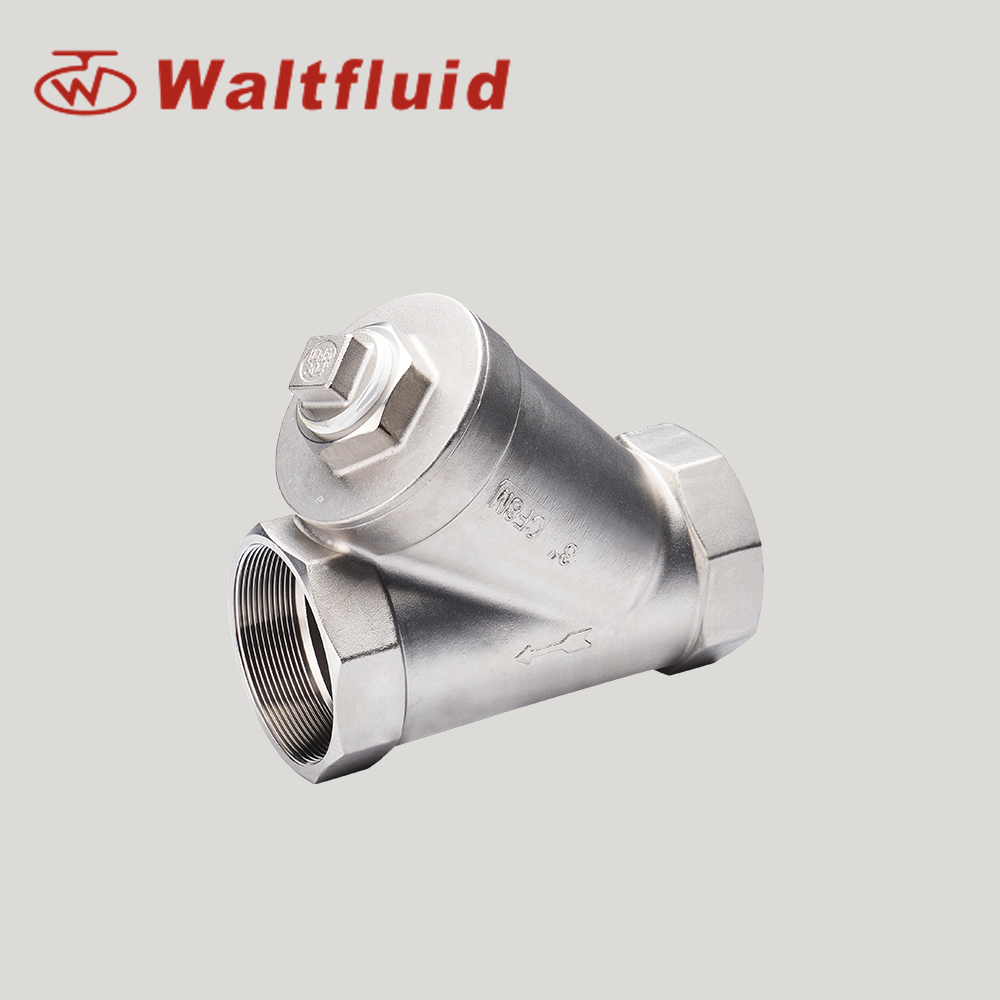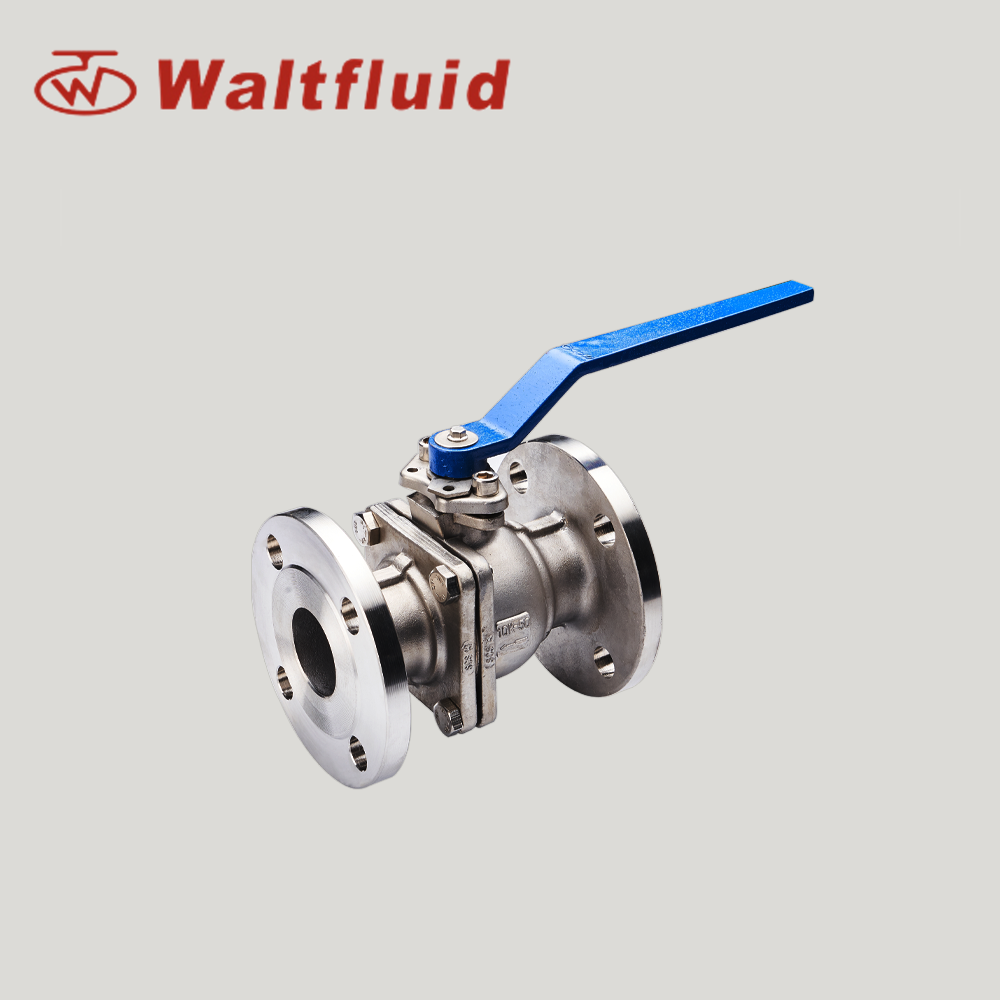Diesels Afloat co-author Callum Smedley talks us through how a yacht's hull fittings work
It’s unfortunate but true that the hull on any vessel will have to have some holes in it. This will usually be for the wet exhaust, the stern tube, and the sea inlets and outlets. Typical sea inlets on a yacht will be for the engine raw-water cooling system and the toilet raw-water inlet. Check Ball

Typical outlets and overboards, meanwhile, will be for the engine raw-water cooling (if the engine has a dry exhaust) and the toilet overboard, as well as for the bilge pump overboard, and the galley/sink overboards.
Ball-valves are most common on yachts, but screw-valves are often used for large- diameter engine exhaust skin fittings. Photo: Fernhurst
Before we look at the valves needed for inlets and outlets, we should think about how the valves are actually attached to the hull. On steel and aluminium hulls, a short length of pipe with a screw thread or flange is welded onto the hull to hold the valve, usually with two or three gussets for support.
This, of course, can’t be done on a wooden or GRP hull, so a skin fitting has to be used. These can be either metal or plastic. A metal fitting MUST be used for an inlet, as it is below the waterline. Inlets are usually placed on a reinforced part of the hull.
Attaching a skin fitting is pretty straightforward: bore a hole large enough for the threaded part to pass through, clean the area up thoroughly, apply plenty of sealant to the fitting and push it through the hole, then tighten up the nut on the inside. Always make sure you use the correct type of sealant.
Every sailor needs to understand how their diesel engine works. In the second of this series, we look at the…
The gearbox on a marine diesel engine has three purposes: to reduce the maximum speed at which the propeller rotates;…
Now that we have the skin fittings in place, we can look at the valves. The threaded part on the skin fitting will be a set size, normally a British Standard Pipe Thread (BSP) with typical sizes being ½” up to 3”. Because the valve will have to have the same thread on it, there is a lot to be said for buying both at the same time. A lot of valves used these days are stainless steel ball valves, which have a lever on them to open and close the valve, with a swing of 90 degrees.
Screw lift (SL) valves and screw down non-return (SDNR) valves can also be used for seacocks.
For overboards, the skin fitting is very similar. Overboards are sited above the waterline (apart from the toilet overboard) and plastic skin fittings are often used. Overboards can have a ball valve, SL, SDNR or just a non-return fitted. Ideally there is either a SDNR or a ball valve in series with a non-return fitted. The non-return is vital to prevent back filling when the vessel is heeled over or rolling.
Metal hull fittings and valves are typically bonded to an anode on the outside of the hull, usually via a length of earth wire.
A subscription to Yachting Monthly magazine costs around 40% less than the cover price.
Print and digital editions are available through Magazines Direct – where you can also find the latest deals.
YM is packed with information to help you get the most from your time on the water.
Follow us on Facebook, Twitter and Instagram.

Globe Valve 1 Inch Inside the November 2023 issue of Yachting Monthly we bust some…